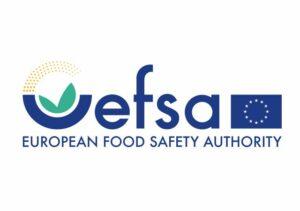The cost of food is weighing more heavily on Europeans today than a few years ago,
becoming the main factor influencing food purchases, followed by taste. Close to half
consider food safety important too and 41% of EU citizens take for granted that the food
they buy is safe.
These findings come from the 2022 Eurobarometer on food safety in the EU, the fourth such survey since 2005. Based on interviews with 27,000 people across the EU, it presents an evolving picture of how Europeans choose food, their food safety awareness and concerns, and who they trust for information on food safety issues.
On EFSA's website, a dynamic map shows how each food safety risk is assessed in EU Member States and how perceptions have changed compared to the 2019 survey.
The report on the survey results is available here. More information and previous surveys can be found on EFSA's dedicated page.
A separate summary has been produced on the main results of the survey for Hungary. Some of its findings:
- the price of food is the most important purchase factor for Hungarian consumers - the Hungarian rate (62%) is higher than the EU average (54%)
- taste (60% vs 51%) and nutrient content (51% vs 41%) are more important to Hungarian consumers than the EU average, while the origin of food (35% vs 46%) and its impact on the environment and climate (9% vs 16%) are less important
- Hungarian consumers are less interested in the topic of food safety than the EU average (58% compared to 70%)
- Hungarian consumers are more worried about additives (49% vs 36%) and genetically modified ingredients (31% vs 26%) in food or drinks compared to the EU average, while they are less worried about microplastics found in food (20% vs 29%), environmental pollutants in food or drinks (20% vs 28%), antibiotic-resistant bacteria in food (15% vs 26%), food poisoning from food or drinks contaminated with bacteria, viruses or parasites (23% vs 32%), or about the welfare or farmed animals (8% vs 22%)
- a slightly smaller proportion of Hungarian consumers said they were more concerned about having a healthy diet than food safety (8% vs 12%), and more said they were about equally concerned about both topics compared to the EU average (56% vs 46%)
- Hungarian consumers would be less likely than the EU average to change their food preparation or consumption behaviour because of a food safety situation (e.g. foodborne disease outbreak)
- Hungarian consumers use online social networks and blogs (28% vs 22%) and information available in health-related locations (e.g. local clinic) (23% vs 17%) as more important sources of information on food risks than the EU average, while internet search engines (30% vs 37%) and newspapers (16% vs 28%) are less used
- Hungarian consumers were more likely than the EU average to say that they take it for granted that the food sold is safe (46% vs 41%)
- Hungarian consumers are better informed than the EU average about the EU food safety system
- Hungarian consumers have more trust in environmental/health NGOs (81% vs 70%), EU institutions (77% vs 66%) and national authorities (73% vs 66%) as sources of information on food risks compared to the EU average.



